Bajaj Platina ES review, test ride
We get astride the Bajaj Platina ES, to find out if it lives up to its working class commuter claim.
Published on Mar 20, 2015 11:05:00 AM
39,375 Views
Follow us on
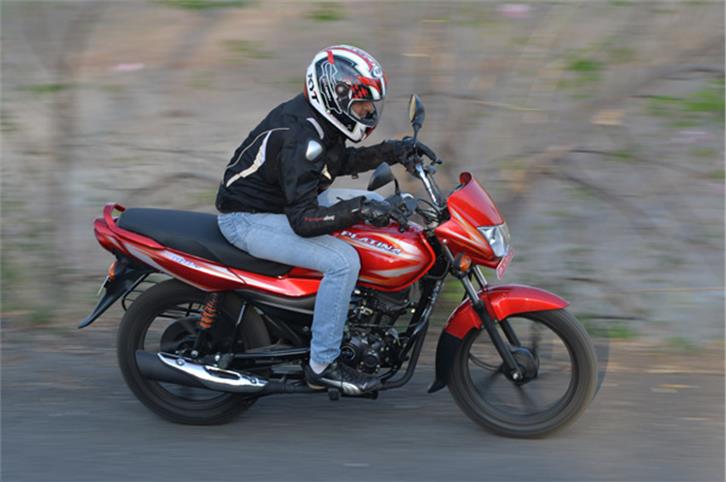
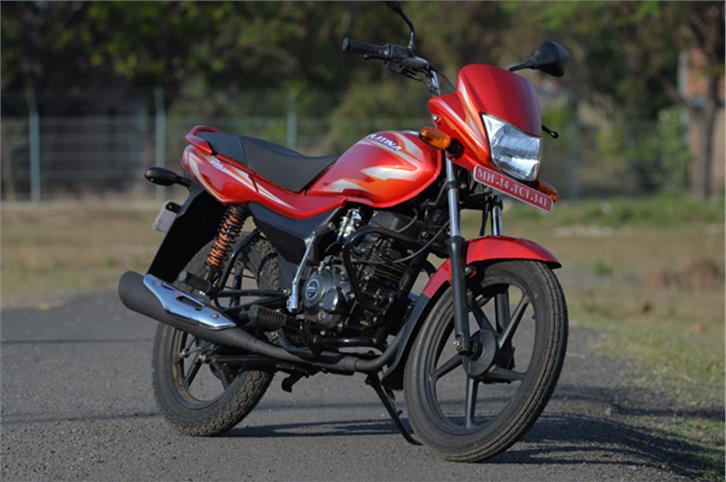

The new Bajaj Platina ES comes equipped with a 102cc, four-stroke, single cylinder engine that is naturally cooled by air. The new motorcycle is equipped with a thumb-starter that does not require the clutch to be engaged when cranking, and does so with no fuss at all, to settle into a quiet idle.
The Platina ES is equipped with dual spark plugs, and uses a pair of valves for intake and exhaust duty. The engine produces 8.2bhp at 7,500rpm and offers maximum torque of 0.9kgm produced at 5,000rpm. The motor is largely smooth, and feels most comfortable when maintaining speeds close to 60kph. Push the bike further, and it will attain an indicated maximum speed of 80kph. The engine is most suited for city commuting, where its smoothness is apparent. Bajaj, however, provides a carburettor choke system below the fuel-tank, which could have been more accessible.
The Platina ES uses a four-speed gearbox that shifts in an all-down pattern. The shifting pattern itself takes some time getting used to, but it shouldn't be a problem for new motorcycle users. Clutch action is light, and will surely provide ease when shifting. The engine is flexible, and is capable of pulling all the way from 25kph to 80kph in the fourth gear itself, within a reasonable time, which gives the Platina ES a convenient edge while riding in the city. Bajaj has also provided this bike with a no-maintenance battery.
The Bajaj Platina ES weighs only 108kg, which, as you may imagine, makes it a light handling motorcycle. Its front steering is light, which helps it change directions surprisingly quickly, and is a boon when trying to avoid undulations. Bajaj has provided a good turning radius here, which makes taking U-turns a joy. Plus, the grippy CEAT tyres instil confidence while riding the motorcycle. The Platina ES is petite and handles well in the city, and can also cruise well on the highway if needed, due to its comfortable, upright seating posture.
Suspension duty is carried out by telescopic forks up front, which absorb the bumps on the road well. At rear, Bajaj provides its patent shock-in-shock suspension that also absorbs undulations well, and provides a stable ride. The suspension setup is on the softer side, but on the go, the motorcycle feels stable and not un-settled. Overall ride quality is good, with a firm-yet-softish seat making the rider and pillion comfortable.
Braking duty is carried out by drum brakes up front and back, that work well to provide decent stopping power for its segment. Although they do not feel anything like the precision of a disc brake, they do ensure decent braking when called for. For its segment, the Platina ES feels well put together, and it will not take much time to get used to the motorcycle.
The Bajaj Platina ES is a fuel-efficient bike. It returned 56.4kpl when riding it within the city, including in bumper-to-bumper traffic and it returned 59kpl when riding it on open roads, cruising at about 70kph.
The Indian two-wheeler market is evolving at a steady pace, and one would argue that the 100cc motorcycle segment is not the most exciting segment. But when it comes to low maintenance and superior fuel-efficiency, this is the one segment that still stands taller than the rest. Moreover, brands such as Bajaj are leaving no stone unturned when it comes to updating their products with stylish looks, convenience and comfort.The Bajaj Platina ES faces competition from able rivals such as the Honda CD 100 Dream and the TVS Sport, but has its own charm to compete strongly in the commuter segment. The Bajaj Platina ES costs Rs 45,431 (ex-showroom, Mumbai) and is available at Bajaj showrooms now.
Copyright (c) Autocar India. All rights reserved.




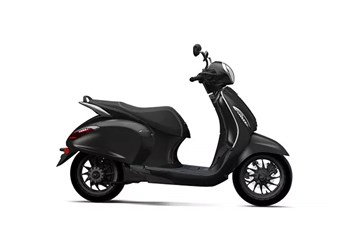

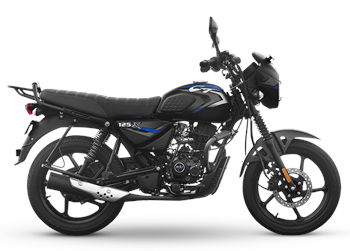
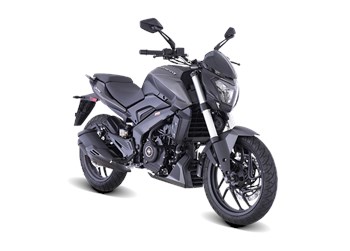
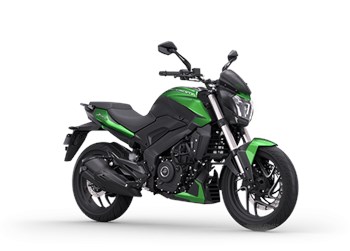

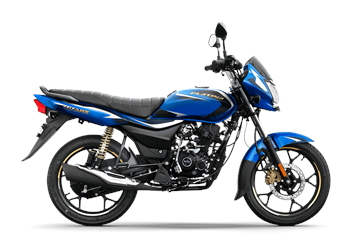
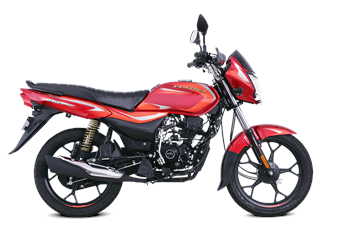

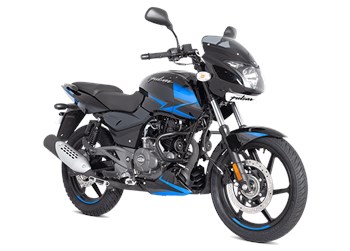
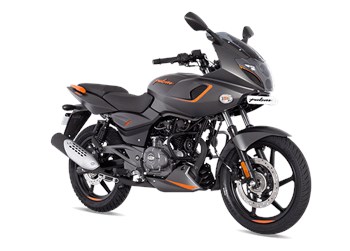

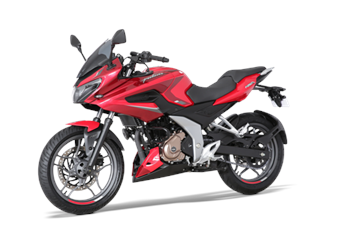
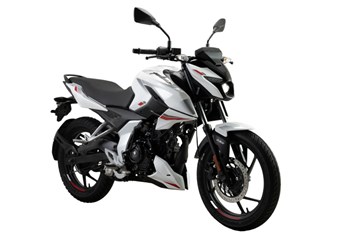


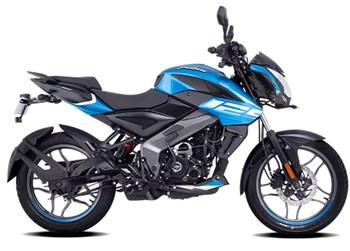

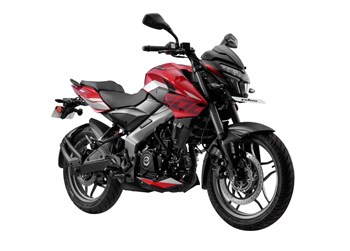



Comments
Member Login
Personal Details
No comments yet. Be the first to comment.